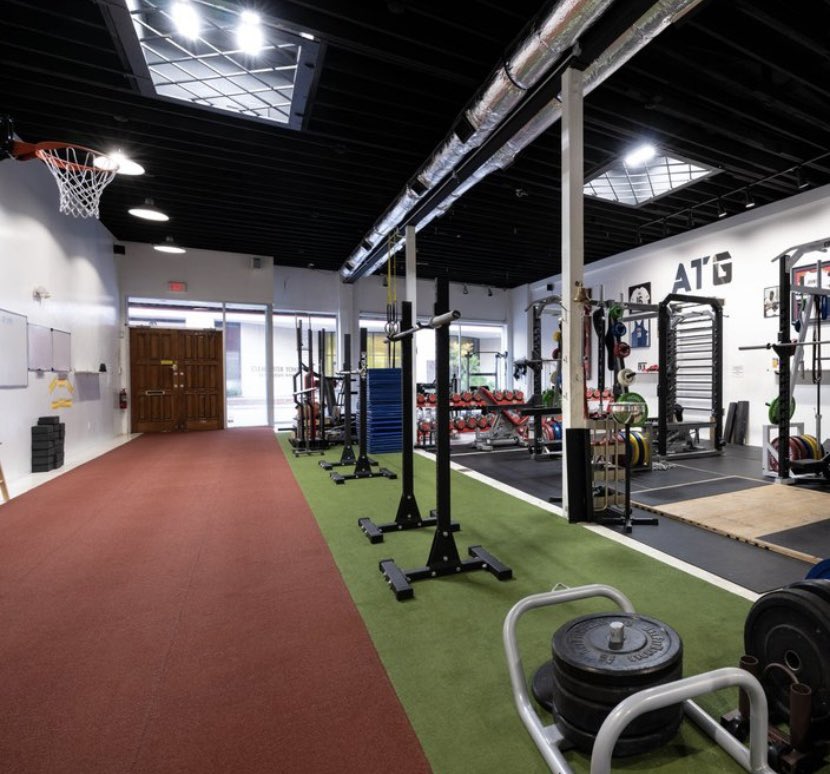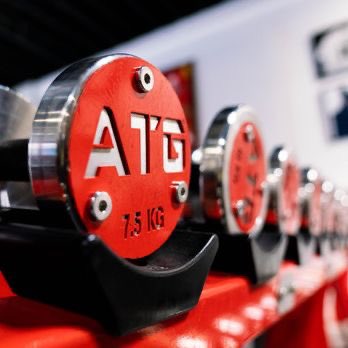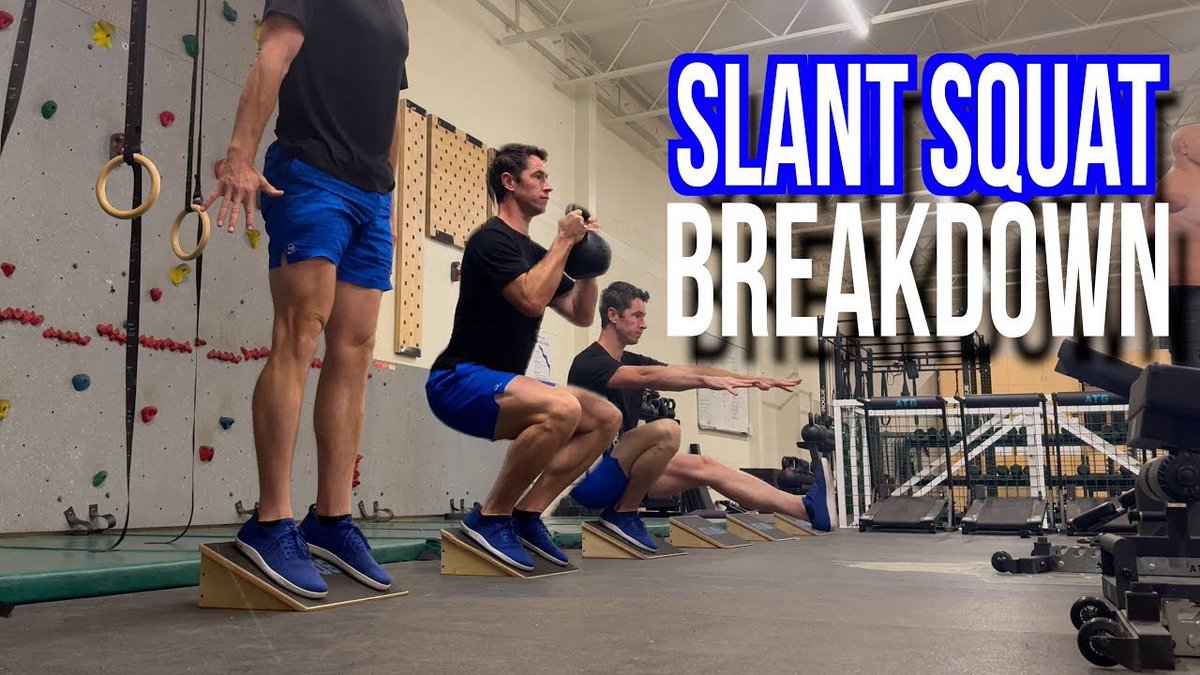ATG Squat School
You can improve squat strength while improving knee health.
Yesterday we took 20 people of various ages and abilities through our squat class, aka Squat School.
Here are the 3 strategies we use:
(A thread…)
You can improve squat strength while improving knee health.
Yesterday we took 20 people of various ages and abilities through our squat class, aka Squat School.
Here are the 3 strategies we use:
(A thread…)
1. (After warming up…) We use ATG Split Squats BEFORE squats.
This scales from grandmas to world-class athletes, based on load and elevation, allowing you to rebuild strength and flexibility in balance between sides.
4 sets, 5 reps per side, 3 second pause on each rep!
This scales from grandmas to world-class athletes, based on load and elevation, allowing you to rebuild strength and flexibility in balance between sides.
4 sets, 5 reps per side, 3 second pause on each rep!
2. We control our squats, even the last 1/4 of the rep. This has profound long-term knee protection benefits.
4 sets, 2 reps, 10 seconds down!
Advanced trainees use 1 rep bar on front, then 1 rep back:
4 sets, 2 reps, 10 seconds down!
Advanced trainees use 1 rep bar on front, then 1 rep back:
3. After each set of squats, we work behind the knee, something skipped in group class formats.
Fortunately, Nordic benches and rack attachments now make knee flexion training broadly accessible for CrossFit and other gyms! (@Sorinex 🔥)
4 sets, 5 Nordics or 10-15 Ham Curls
Fortunately, Nordic benches and rack attachments now make knee flexion training broadly accessible for CrossFit and other gyms! (@Sorinex 🔥)
4 sets, 5 Nordics or 10-15 Ham Curls
@Sorinex Analysis of 164 research articles found that deep squats are effective for protecting the knees and lower body, but for me they didn’t feel good until I used the strategic methods in this thread.
I hope they help!
https://t.co/b8nyV6BNzcpubmed.ncbi.nlm.nih.gov/23821469/

I hope they help!
https://t.co/b8nyV6BNzcpubmed.ncbi.nlm.nih.gov/23821469/

@Sorinex I’ve helped people to 2419 knee success stories over the past 13 years.
But there’s nothing I’ve learned that you can’t too.
Thank you for doing my programs, getting my equipment, and using them to help others.
https://t.co/EuKn4IVyJw https://t.co/nUrhMQvbiIATGonlinecoaching.com
ATGequipment.com

But there’s nothing I’ve learned that you can’t too.
Thank you for doing my programs, getting my equipment, and using them to help others.
https://t.co/EuKn4IVyJw https://t.co/nUrhMQvbiIATGonlinecoaching.com
ATGequipment.com

• • •
Missing some Tweet in this thread? You can try to
force a refresh













